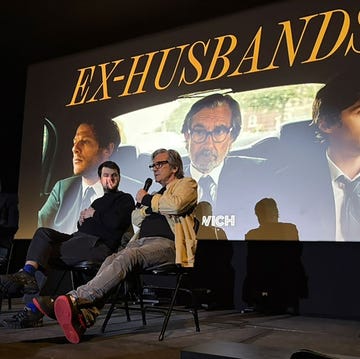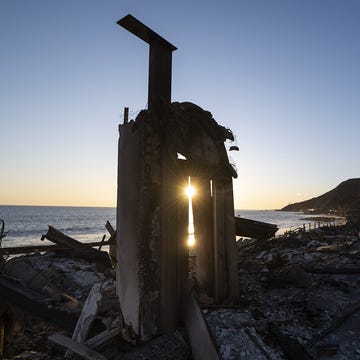An Alta Journal reader responds to “The Case of the Missing Chacmools,” by Geoffrey Gray. Got something to say? We’d love to hear from you! Email letters@altaonline.com. Please include your name, city, state, and phone number so we can contact you. Letters may be edited for brevity and clarity.
Backstory of a Cult Compound
I read your piece “The Case of the Missing Chacmools” with great interest. Thank you for the work and time you put into writing the story. Thank you, especially, for keeping alive the questions challenging the authenticity of Carlos Castaneda’s teachings and for looking into what actually went on in “the compound” and what happened to the women who had lived with Castaneda in the aftermath of his death. These questions have dogged me for decades, leading me to read Richard de Mille’s writings debunking Castaneda and Amy Wallace’s memoir of her time spent under Castaneda’s spell.
Besides reading most of his books and coming to the conclusion that he was a charismatic manipulator and fraudster, I have two personal connections to Castaneda. He purchased “the compound” from my family after my grandmother died in 1973, not too long after his first book unexpectedly took off and increased the fortunes of the University of California Press. My grandfather Frank Lebell designed and built what was originally a single-family home in the 1930s. My mother and her siblings grew up there, and I, too, stayed there for long swaths of time with my grandmother Adele Lebell and my brothers and cousins. The house originally had one address: 10429 Eastborne Avenue. I still have the original plans for the house. My grandfather left my grandmother in the 1940s. In order to make ends meet, my grandmother subdivided the part of the property facing Pandora Avenue into two small apartments, which she rented to elderly women. She also rented out a room over her garage to UCLA graduate students and a small room off her kitchen to other itinerant students. I can still smell the house and remember it vividly. The lemon tree was planted by my mother. Our family did not want to sell the house when my grandmother died, but there was disagreement among the heirs about its future, so they sold it to Castaneda. I once looked around inside the house [after Castaneda was gone]. The subsequent owners were kind enough to let me in. Though the interior had been modernized, the basic layout of the house was the same as it was in my childhood. It pains me that such ugly exploitation of women took place within the walls of what had been a house brimming with children and music and innocence.
My other connection to CC was when I worked for UC Press in the 1970s. Even though CC’s subsequent books were published by Michael Korda at Simon & Schuster, Castaneda would occasionally come to Berkeley to have lunch with our editorial director. It was always very strange when CC visited the press. First, there was the question of whether he would show up at all. Everyone in the office would whisper, “Carlos is coming!” All of the press’s employees were told that CC did not want anyone to view him, so we were supposed to leave the office when he arrived or otherwise avert our eyes. CC had a long list of eccentric demands that were indulged by the senior members of the press. Seemed pretty ridiculous at the time.
Anyhow, I do hope your investigations lead to increased public understanding of Carlos Castaneda and his closest followers and to a wider recognition of the damage cults inflict on individuals, families, and communities.
Best of luck with all you do,
Sharon Lebell
Marin County, California•












